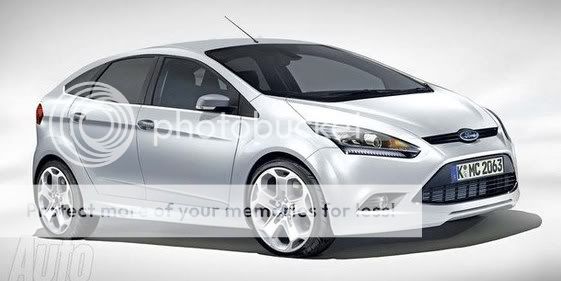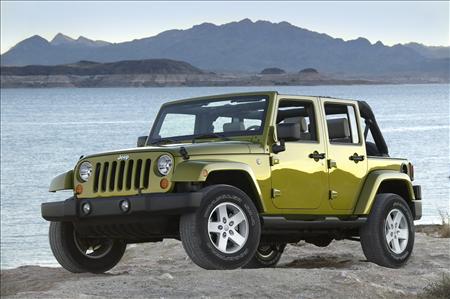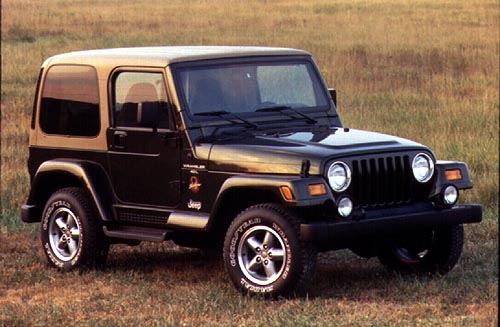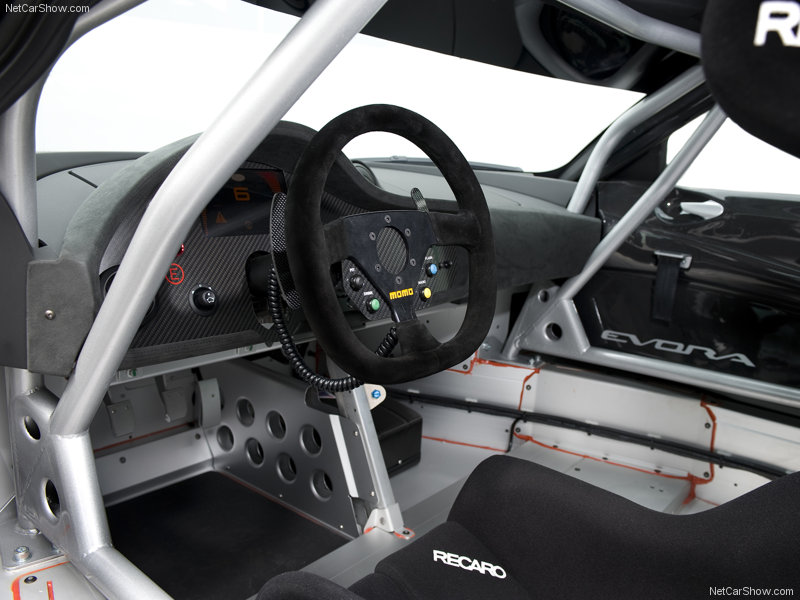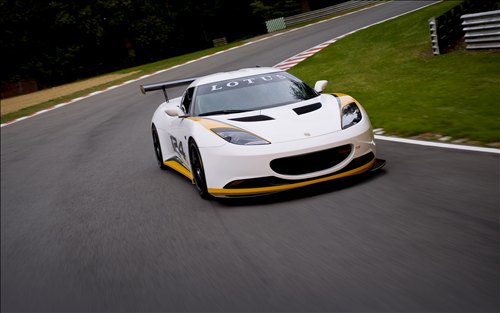Considering getting a BMW M3? Well, there’s now an alternative: the B3 S Bi-Turbo from
Alpina.
Unlike the M3, with its normally aspirated 4.0 litre V8 producing 414 bhp (309 kW / 420 PS), the Alpina uses a modified six cylinder turbo engine. Although the B3 S Bi-Turbo has slightly less power (394 bhp / 294 kW / 400 PS), its maximum 540 Nm of torque eclipses the 400 Nm of the M3.
Consequently the Alpina, which is only available with a six-speed automatic gearbox, is able to accelerate from 0-62 mph (100km/h) in 4.7 seconds. That’s pretty much the same as the 4.8 seconds a manual M3 takes, though the M3’s time falls by 0.2 seconds if the M Double Clutch Transmission - a £2,590 option - is specified.
Unless they’re frequent users of limit-free (and traffic-free) autobahns, top speed will be largely irrelevant to most prospective buyers. Nevertheless, it appears Alpina has dumped the electronic speed limiter, because the B3 S Bi-Turbo will go on to 186 mph (300 km/h), whereas the M3 is restricted to 155 mph (250 km/h).
It’s unlikely that performance cars like these are ever going to have massive appeal for environmentalists, but the Alpina’s green credentials are certainly better than the M3’s. The B3 S Bi-Turbo will do 29.4 mpg (9.6 l/100 km) on the combined cycle, compared to the 22.8 mpg (12.4 l/100 km) an M3 will achieve.
But it’s on emissions levels that the B3 S Bi-Turbo really wins, releasing ‘only’ 224 g/km of carbon dioxide. That’s almost a quarter less than the 290 g/km the M3 produces and, although arguably still high, it’ll have a direct financial benefit for UK customers.
That’s because the Alpina will just slot into ‘Band K’ for road tax purposes, meaning an annual bill of £245. An M3 driver however will have to pay £435 each year for the privilege of keeping their ‘Band M’ car on the road. That’s a saving roughly equivalent to a couple of tanks of fuel.
The Alpina’s on the road prices also manage to be around £2,500 cheaper than an M3, depending on body style, and it’s also available as a Touring version:
- B3 S Bi-Turbo: Coupe £50,250; Convertible £55,250; Saloon £49,250; Touring £50,250
- M3: Coupe £53,275; Convertible £57,285; Saloon £51,805
Specification-wise, both models are broadly similar. One difference is that Bluetooth telephone preparation comes as standard with the B3 S Bi-Turbo, but is a £535 option on the M3.
Buyers of the Alpina can choose from the standard range of BMW metallic paints and Dakota leather trims (albeit with Alpina roundels in the seat backs), or they can opt for BMW Individual colours and trims.
Alternatively, Alpina’s Exclusive Blue or Exclusive Green II metallic paintwork (as shown in the pictures) is available for £1,535 extra. On the inside, Alpina ‘Lavalina’ leather re-trim packages cost from £3,065 to £7,665.
Customers might be tempted by those special paints and trims, because one area where the B3 S Bi-Turbo maybe lags behind is visual appeal. It looks like a normal 3 Series fitted with a front spoiler, revised rear valance and some body stripes, because that’s essentially what it is. There’s none of the bespoke body panels and, for the Coupe versions at least, carbon-fibre roof of the M3.
So, depending on your taste, the Alpina either lacks impact or is elegantly understated. And there’s also the potential issue of constantly having to explain to the ignorant what an Alpina is. One thing’s for sure though, whatever you think of those 20-spoke, 19” alloy wheels, they’ll be a pain to keep clean.
UK deliveries of the B3 S Bi-Turbo start in July 2010.








